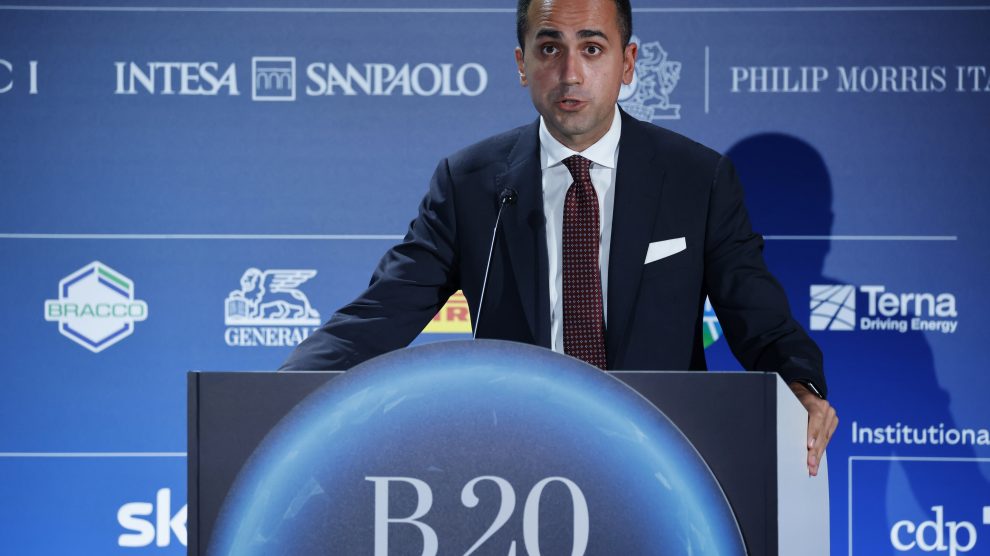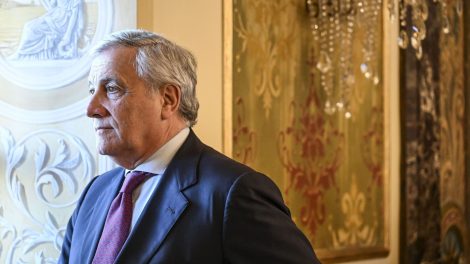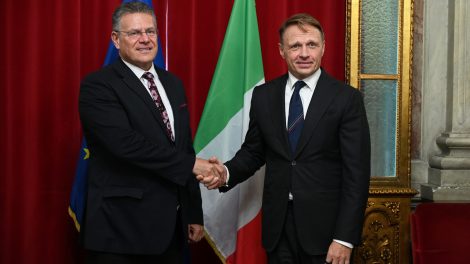2021 is en route to proving a record-breaking year for Italy’s economy. The roaring GDP growth is projected at 6%, according to the government’s most recent estimates, a number that’s all the more impressive when compared to over twenty years of economic stagnation and significantly fuelled by the growth of export.
“This is the year of the relaunch, and in the race towards a full restart, Made in Italy [products] are making a difference,” wrote Foreign Minister Luigi Di Maio, announcing that Italian export reached €494 billion between August and September 2021 – breaking 2019’s all-year €480 billion, the previous record, in June.
The minister was citing data from the country’s most prestigious financial paper, Il Sole 24 Ore, which on Thursday was openly speaking of Italy’s “golden decade.” “Financial reports tend to get better month after month,” wrote Il Sole’s Luca Orlando; notwithstanding “abrupt course changes, this trend projects 2021’s values beyond 500 billion.”
Food and beverages – especially wine – along with metals are leading the charge, with a 15% and 18% growth respectively compared to pre-pandemic levels. Generally speaking there’s steady growth across sectors, with peaks in transport, electronics, furniture and rubber-plastics.
The naval sector also contributed with a stunning €49 billion orders overall, led by Fincantieri’s deals abroad. Meanwhile, machinery and specialised equipment are heading towards smaller, single-digit growth. The textile and fashion sectors are lagging 7% behind 2019, but prospects are looking up.
This growth is sustained by the immense number of Italian companies dealing both directly and indirectly with foreign markets – seven in ten, according to Il Sole. The pandemic did not significantly impact supply chains, although raw material shortages – both ongoing and pending – are rattling several industries related to electronics and
Research institutes and investment banks are producing positive reports; JP Morgan recently underscored that fixed investments in Italy bounced over 5%, beating other European countries. Furthermore, the OECD’s chief economist Laurence Boone spoke of Italy being in “such a favourable position” for the first time in many decades, and Alfred Kammer, head of the IMF’s European department, told ANSA that the nation is “in a strong recovery phase.”
International observers praise the merit of the government led by Prime Minister Mario Draghi, former head of the European Central Bank, who displayed optimism before the press but warned nonetheless that the post-pandemic bounce is high due to 2020’s GDP dip of almost 9%.
Still, his gravitas, handling of the vaccination campaign, and planned channelling of the European recovery funds – paired with a reform-dense agenda – have undeniably played their part in attracting the investors’ goodwill as well as good international good press.





